地源热泵地埋管换热器传热相关性研究
摘要随着环境问题的日益突出和人类对于能源需求量的增大,地源热泵空调系统以其高效节能、运行安全可靠、结构简单、对环境无污染以及使用范围广泛等优点成为二十一世纪最引人关注的空调技术之一。地埋管换热器是地源热泵系统与土壤,地下水或地表水进行热交换的装置,是地源热泵系统的核心部件,其性能好坏直接影响地源热泵系统的性能优劣。因此对地源热泵地埋管换热器的传热相关性研究至关重要。本文首先介绍了地源热泵系统的组成及原理,主要包括模块式地源热泵机组、循环水泵、水管环路、水系统控制箱和室内温控器等;总结了国内外地埋管换热器传热研究进展以及地埋管换热器传热分析方法。然后通过土壤热响应测试实例,现场测试确定测试场地内...
相关推荐
-
我国基层财政困难的制度成因分析与对策研究VIP免费
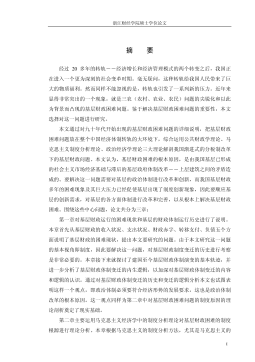
 2024-09-20 25
2024-09-20 25 -
我国煤电产业链纵向交易合约机制研究VIP免费
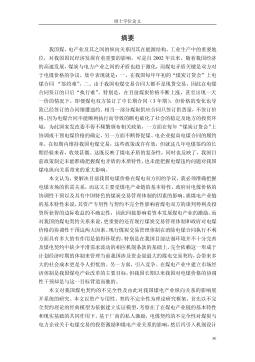
 2024-09-20 23
2024-09-20 23 -
生产要素视角下的上海市产业结构优化研究VIP免费
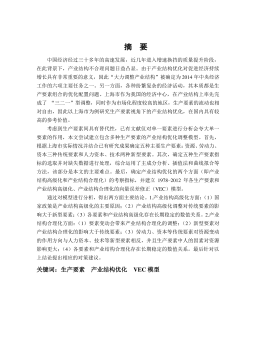
 2025-01-09 6
2025-01-09 6 -
我国银行业结构与经济结构关系研究VIP免费
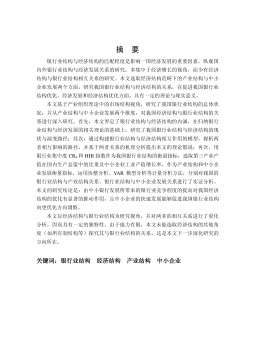
 2025-01-09 7
2025-01-09 7 -
大数据视角下农业供应链金融研究VIP免费
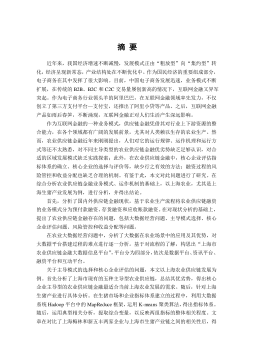
 2025-01-09 6
2025-01-09 6 -
跨国大型综合超市的规划研究VIP免费
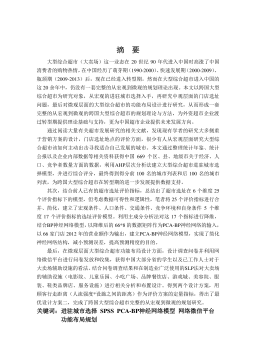
 2025-01-09 6
2025-01-09 6 -
跨境电商农产品质量安全问题研究VIP免费
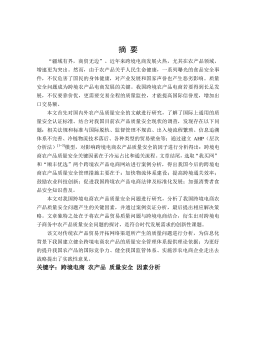
 2025-01-09 6
2025-01-09 6 -
世界市场的虚拟化与我国国际电子商务发展方向研究VIP免费
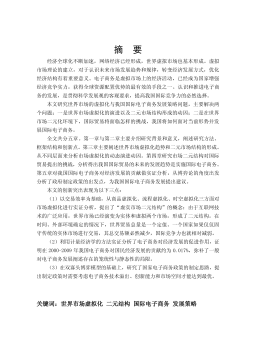
 2025-01-09 6
2025-01-09 6 -
中国政府对电力行业的价格规制问题研究VIP免费
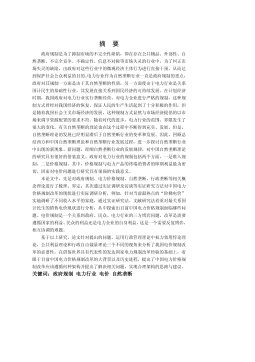
 2025-01-09 6
2025-01-09 6 -
中小企业信息化系统集成技术研究VIP免费

 2025-01-09 11
2025-01-09 11
相关内容
-

跨国大型综合超市的规划研究
分类:高等教育资料
时间:2025-01-09
标签:无
格式:PDF
价格:15 积分
-

跨境电商农产品质量安全问题研究
分类:高等教育资料
时间:2025-01-09
标签:无
格式:PDF
价格:15 积分
-

世界市场的虚拟化与我国国际电子商务发展方向研究
分类:高等教育资料
时间:2025-01-09
标签:无
格式:PDF
价格:15 积分
-

中国政府对电力行业的价格规制问题研究
分类:高等教育资料
时间:2025-01-09
标签:无
格式:PDF
价格:15 积分
-

中小企业信息化系统集成技术研究
分类:高等教育资料
时间:2025-01-09
标签:无
格式:PDF
价格:15 积分






